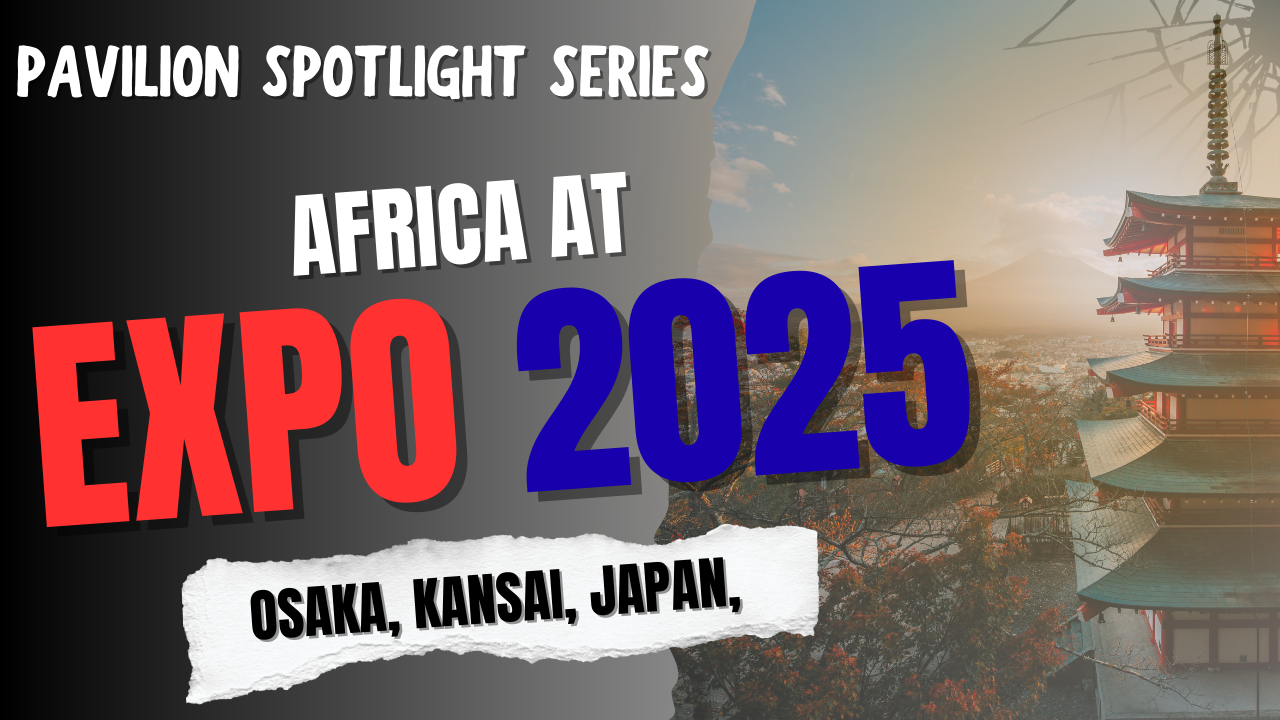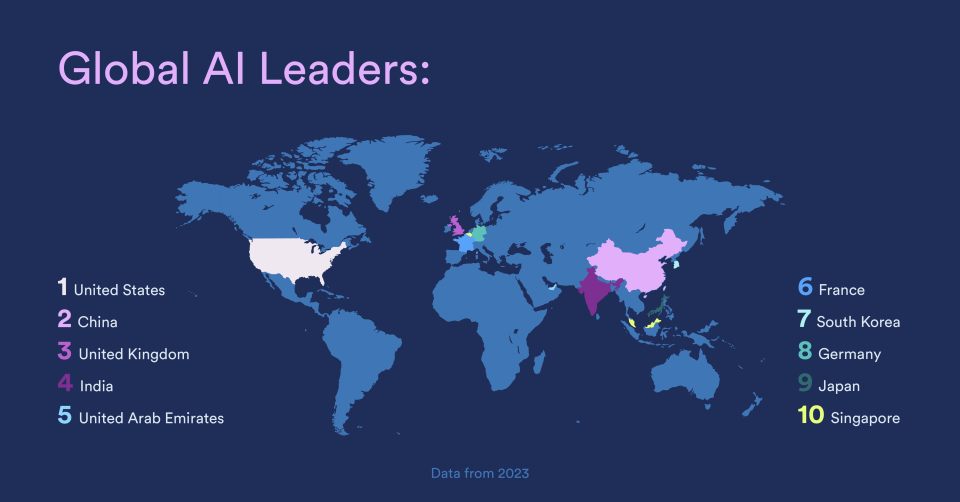At Expo 2025 Osaka, Africa arrives not just as a participant but as a storyteller. Its pavilions are poised to challenge global narratives — portraying the continent not through deficit, but through resilience, ingenuity, and heritage. Each space is a living message: Africa is shaping tomorrow as much as it preserves its past.
Algeria: The Desert as a Future Frontier

The Algerian Pavilion channels the expanse of the Sahara — often seen as barren — into a stage for renewal. Inside, visitors journey through themes of solar energy, desert agriculture, and water management. The desert is reframed not as an obstacle but as a resource-rich frontier, where tradition (nomadic knowledge, crafts, music) and science (renewables, desert greening) intertwine.
Egypt: From Nile Eternity to Sustainable Tomorrows
Egypt’s pavilion, steeped in symbolism, bridges antiquity and innovation. Hieroglyphic motifs and pyramid-like geometries whisper of a timeless civilization, but the storytelling quickly shifts: food security, clean water, and climate adaptation dominate the exhibit. The Nile, once the ancient lifeline, is reinterpreted as a metaphor for global interdependence.
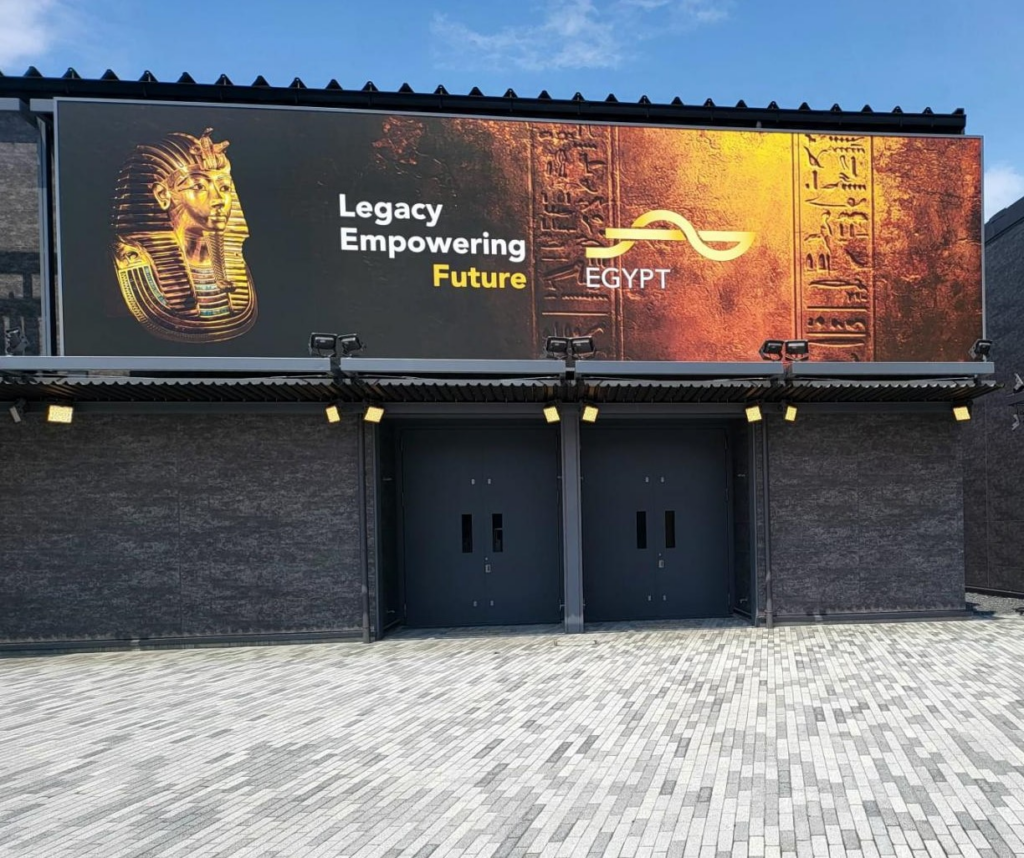
Mozambique: Ocean Rhythms, Blue Futures
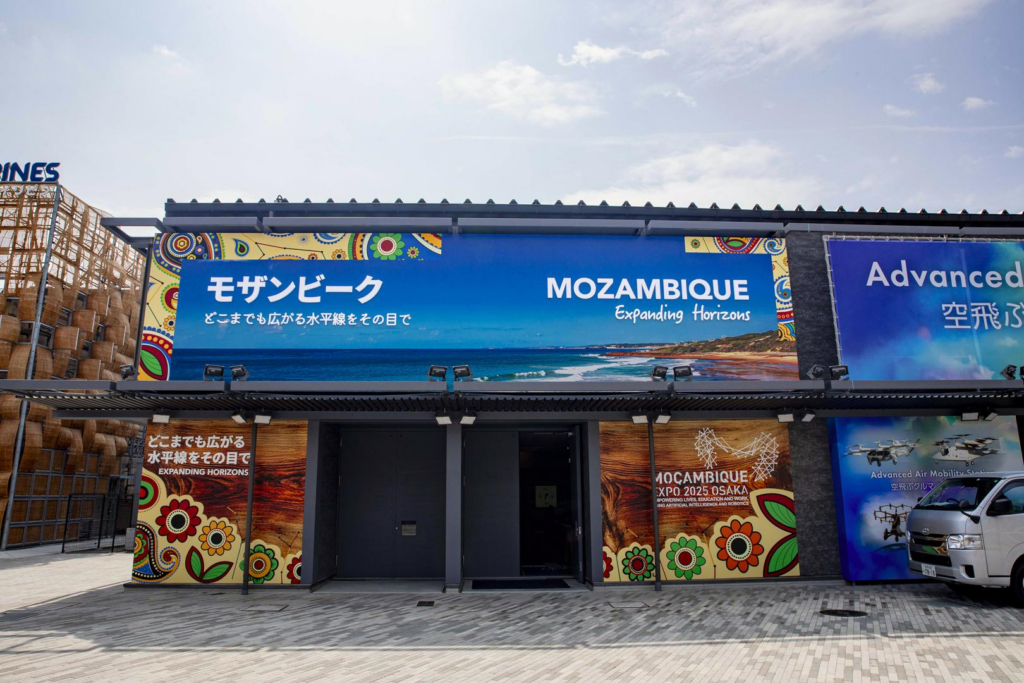
Few countries are as deeply defined by the ocean as Mozambique. Its pavilion celebrates this identity with immersive coastal soundscapes, interactive fisheries tech, and a spotlight on the blue economy. Visitors step into a sensory voyage: waves crashing, seafood aromas, and tales of maritime heritage — all reframed within a global conversation on sustainable oceans.
Senegal: Creativity as Currency
Senegal has long exported culture to the world — from the drums of Dakar to the poetry of Senghor. Its pavilion transforms this cultural wealth into a narrative of innovation and creativity as economic engines. Expect a fusion of art, music, and digital media alongside exhibits on agriculture and resilience, positioning Senegal as a hub of African futurism.
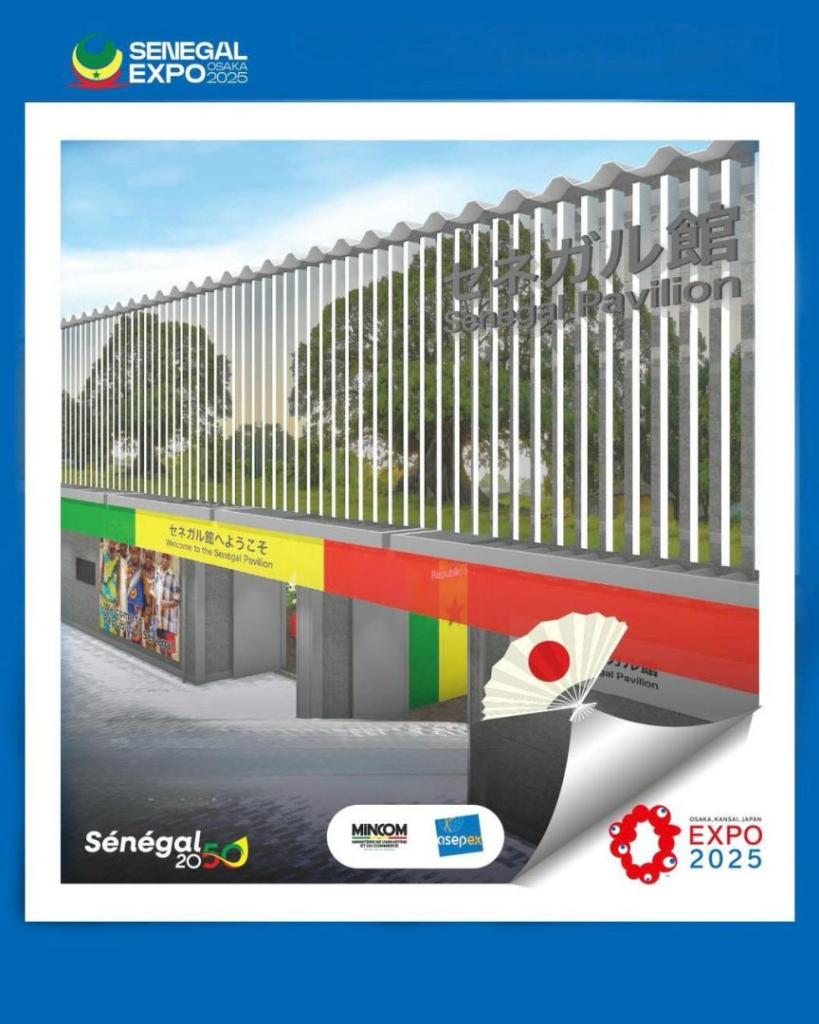
Tunisia: The Mediterranean as Bridge

Tunisia’s pavilion is a meditation on crossroads. From Carthaginian trade routes to today’s Mediterranean identity, it positions the nation as a connector between Africa, Europe, and the Arab world. Interactive exhibits showcase renewable energy, agritech, and education, while its architecture embraces Mediterranean light and geometry. Tunisia’s presence reminds visitors that Africa is not only continental — it is cosmopolitan.
Shared Threads: Resilience, Innovation, Identity
Though diverse, these pavilions weave common themes:
- Resilience — Whether through climate adaptation (Bangladesh), desert agriculture (Algeria), or blue economy strategies (Mozambique), Africa positions itself as a global teacher in survival.
- Innovation Rooted in Tradition — Egypt’s Nile, Senegal’s arts, Tunisia’s trade history all show that heritage is not static; it is a living springboard for futures.
- Global Relevance — Far from the periphery, Africa’s challenges and solutions are central to global questions of food, water, energy, and culture.
Why Africa Matters at Osaka
In Osaka, Africa’s message is clear: it is not waiting to be invited to the future — it is co-authoring it. These pavilions resist clichés, replacing them with visions of thriving societies, rooted in place but reaching globally.
For visitors, Africa at Expo 2025 is more than a tour — it is an education in how to imagine the world differently.


